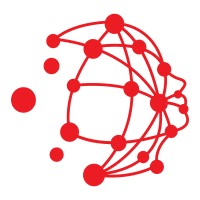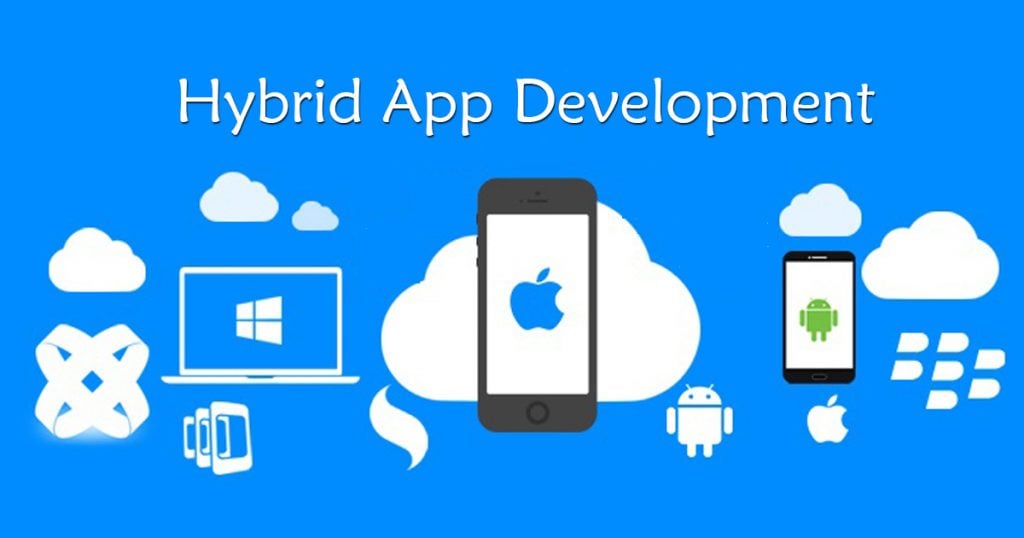Evolving Work Environments: Android Apps for Hybrid Work Models
 TechnBrains
TechnBrains
In recent years, work environments have undergone a significant transformation. The COVID-19 pandemic accelerated the shift towards remote and hybrid work models, with businesses and employees alike realizing the benefits of flexibility and adaptability. Custom software development has played a crucial role in facilitating this transition, enabling teams to collaborate, stay productive, and maintain a sense of connection, regardless of their physical location. Android apps have also been instrumental in supporting these custom solutions, providing the necessary platforms for businesses to thrive in this evolving landscape.
In this blog post, we'll explore the concept of hybrid work models and provide actionable tips and advice for businesses seeking custom software development and mobile apps to excel in this dynamic environment. We'll also share real-life examples and case studies to illustrate the impact of these strategies, showcasing the power of custom software development in enhancing the remote and hybrid work experience.
Understanding Hybrid Work Models
Hybrid work models combine the best of both worlds: remote and in-person work. Employees have the flexibility to work from the office, their homes, or other preferred locations. This approach allows businesses to tap into a broader talent pool, reduce overhead costs, and enhance employee satisfaction.
Android apps have become a linchpin in this shift, offering seamless connectivity and collaboration tools for remote and on-site teams. Here are some actionable tips for businesses seeking to make the most of these apps in hybrid work environments:
Tip 1: Prioritize Communication and Collaboration
Effective communication is at the heart of any successful hybrid work model. Android apps like Slack, Microsoft Teams, and Zoom provide real-time messaging, video conferencing, and file-sharing capabilities that bridge the gap between remote and in-office employees.
Case Study: Slack
Slack, a popular messaging app, helped Buffer, a fully remote social media management company, maintain a strong sense of connection and collaboration among its distributed team. Buffer's employees use Slack for quick check-ins, project discussions, and informal conversations, fostering a tight-knit remote work culture.
Tip 2: Implement Project Management Tools
For businesses that rely on project-based work, project management apps are essential. Apps like Trello, Asana, and Monday.com can keep teams organized and aligned, regardless of their location.
Case Study: Trello
Atlassian, the company behind Trello, found success in adopting a hybrid work model. By using Trello for project management and Jira for software development, they were able to seamlessly manage their projects across a geographically dispersed workforce.
Tip 3: Ensure Security and Data Protection
As more work occurs outside traditional office environments, businesses must prioritize data security. Android apps like LastPass and Bitdefender offer robust solutions for password management and security.
Case Study: Bitdefender
World-renowned cybersecurity firm Bitdefender exemplifies how a security-focused app can enable hybrid work models. Bitdefender's employees use their mobile app to secure their devices, ensuring sensitive company data remains protected, regardless of where they work.
Tip 4: Foster Employee Well-Being
Maintaining employee well-being is crucial in a hybrid work environment. Android apps such as Calm and Headspace can help employees manage stress, improve focus, and stay mentally healthy.
Case Study: Calm
Salesforce, a global leader in customer relationship management, offers its employees access to Calm. This mindfulness and meditation app has been instrumental in supporting employee mental health and work-life balance, promoting overall well-being in their hybrid work model.
Tip 5: Embrace Flexibility and Adaptability
Hybrid work models are all about flexibility. Android apps like Google Workspace and Microsoft 365 provide a suite of tools that can adapt to different work environments and preferences.
Case Study: Google Workspace
Google has been at the forefront of hybrid work adoption, with Google Workspace (formerly G Suite) serving as an excellent example of an adaptable set of tools. With Google Workspace, employees can collaborate on documents, spreadsheets, and presentations from anywhere, seamlessly transitioning between remote and in-person work settings.
In conclusion, as work environments continue to evolve, Android apps are invaluable in supporting hybrid work models. Effective communication, project management, security, employee well-being, and adaptability are key areas where these apps can make a significant impact. By taking a cue from successful businesses and their case studies, your organization can navigate this transition successfully and thrive in the era of hybrid work. Android apps are not just tools; they are the enablers of a new era in work.
Subscribe to my newsletter
Read articles from TechnBrains directly inside your inbox. Subscribe to the newsletter, and don't miss out.
Written by

TechnBrains
TechnBrains
TechnBrains is a Custom Software Development and Mobile Application development company based in Texas building high-quality mobile apps for IOS and Android and responsive web designs for driving success